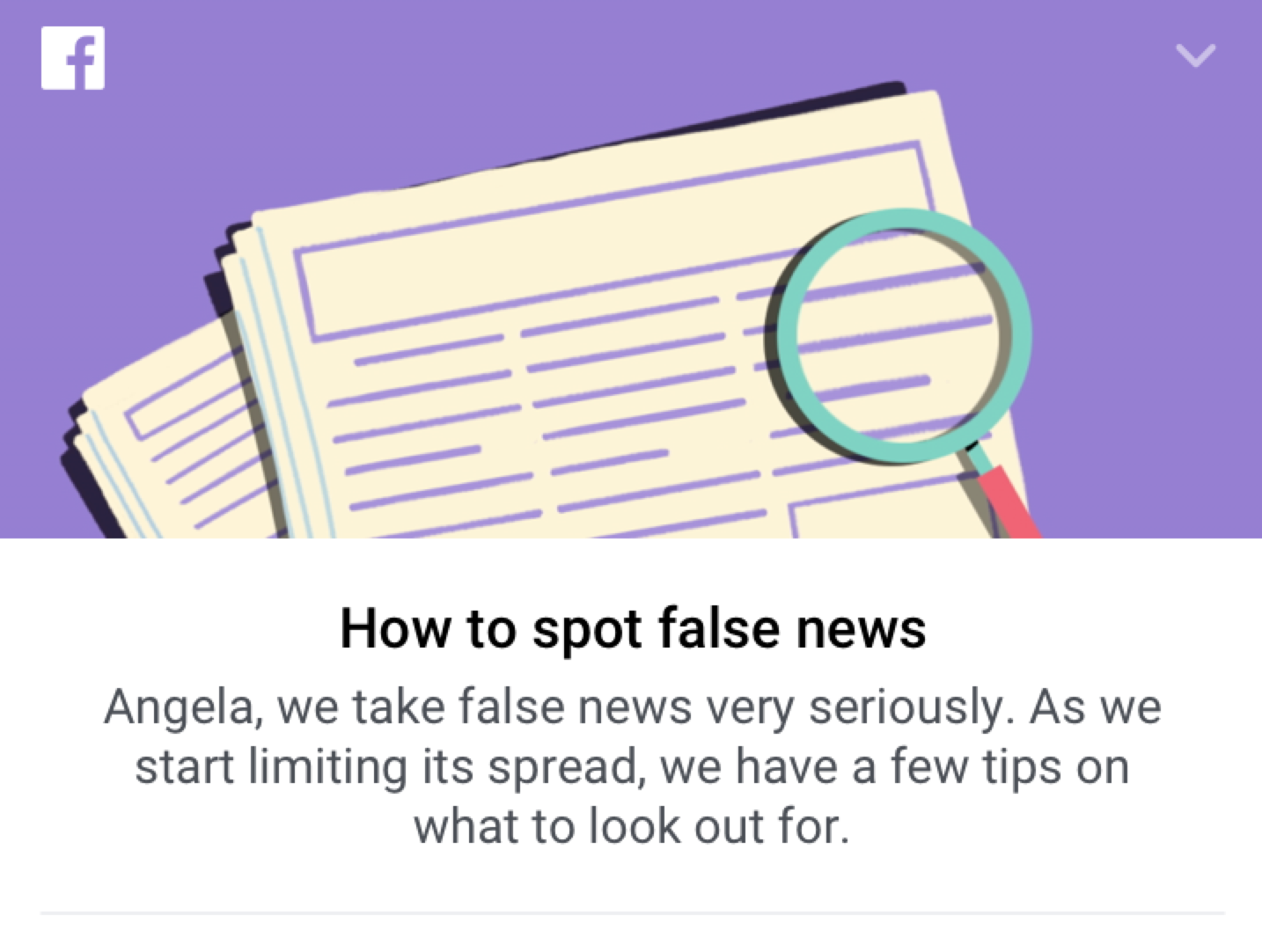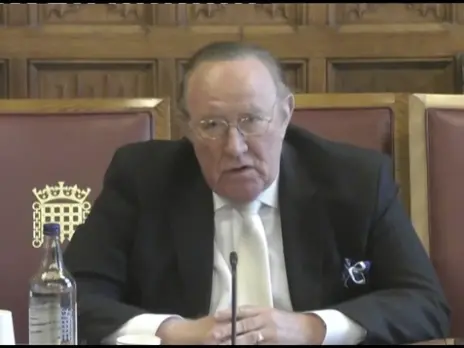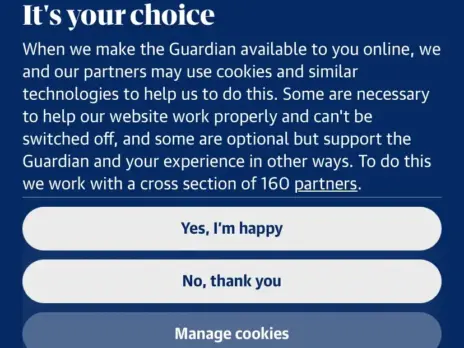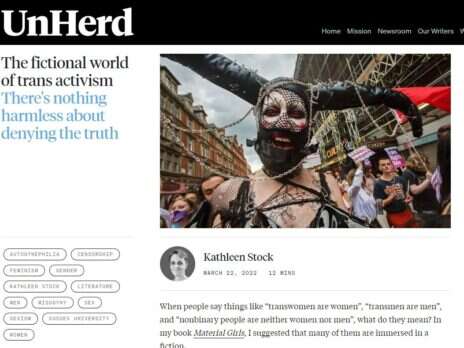
Facebook will share ten top tips for spotting ‘fake news’ with its users as part of its attempts to tackle the growing phenomenon.
Independent UK fact-checking charity Full Fact has provided the tips (listed in full below) which will appear on the social network as an official notification in users’ News Feeds titled: “How to spot false news”.
The notification will appear tomorrow and over the weekend.
Adam Mosseri, Facebook’s News Feed boss, said: “We know people want to see accurate information on Facebook – and so do we.
“False news is harmful to our community, it makes the world less informed, and it erodes trust. It’s not a new phenomenon, and all of us – tech companies, media companies, newsrooms, teachers – have a responsibility to do our part in addressing it.”
Full Fact’s director Will Moy said: “Nobody wants to mislead their friends, and this is a great chance to remind people: if you’re not sure, don’t share.
“Today’s announcement is welcome. We hope that Facebook will also recognise how much more they can do to make it easier for users to spot false news online.
“The launch of this educational campaign is useful and timely but it should just be the start.”
Facebook has come under fire for proliferating and spreading “fake news” which first emerged around the time of the last US Presidential Election, with false claims about candidates often being widely circulated.
The Culture, Media and Sport Committee has launched an inquiry into the widespread dissemination of “fake news” over concerns it is “a threat to democracy and undermines confidence in the media in general”.
A YouGov survey, commissioned by Channel 4 earlier this year, revealed that less five per cent of Brits are able to correctly distinguish fake news stories from true news stories.
Facebook has said it wants to “stamp out” egregious examples of fake news and said in December that it would be introducing measures including giving users the ability to flag up suspected hoax stories.
Full Fact – which was set up in 2010 – has also launched a fact-checking toolkit on its website as part of its wider work to “improve news literacy in the UK”, a spokesperson said.
Full Fact’s ten tips for what to look out for when spotting “fake news”:
- Be skeptical of headlines – False news stories often have catchy headlines in all caps with exclamation points. If shocking claims in the headline sound unbelievable, they probably are.
- Look closely at the URL – A phony of look-alike URL may be a warning sign of false news. Many flase news sites mimic authentic news sources by making small changes to the URL. You can go to the site to compare the URL to established stories.
- Investigate the source – Ensure that thte story is written by a source that you trust for reputation or accuracy. If the story comes from an unfamiliar organisation, check their “About” section to learn more.
- Watch for unusual formatting – Many false news sites have misspellings or awkward layouts. Read carefully if you see these signs.
- Consider the photos – False news stories often contain manipulated images or videos. Sometimes the photo may be authentic, but taken our of context. You can search for the photo or image to verify where it came from.
- Inspect the dates – False news stories may contain timelines that make no sense, or event dates that have been altered.
- Check the evidence – Check the author’s sources to confirm that they are accurate. Lack of evidence or reliance on unnamed experts may indicate a false news story.
- Look at other reports – If no other new source is reporting the same story, it may indicate that the story is false. If the story is reported by multiple sources you trust, it’s more likely to be true.
- Is the story a joke? – Sometimes false news stories can be hard to distinguish from humour or satire. Check whether they source is known for parody, and whether the story’s details and tone suggest it may be for fun.
- Some stories are intentionally false – Think critically about the stories you read and only share news that you know to be credible.
Can you spot fake news? Take a test to find out.
Email pged@pressgazette.co.uk to point out mistakes, provide story tips or send in a letter for publication on our "Letters Page" blog






